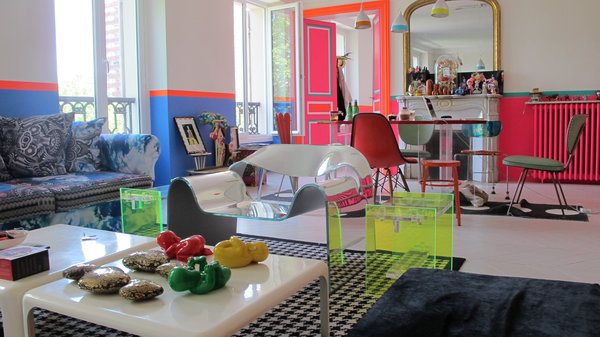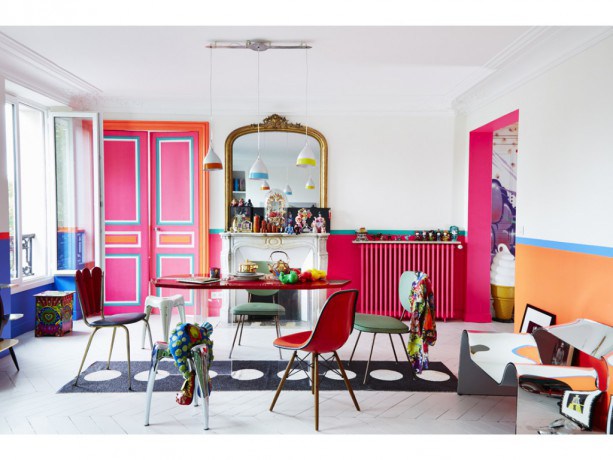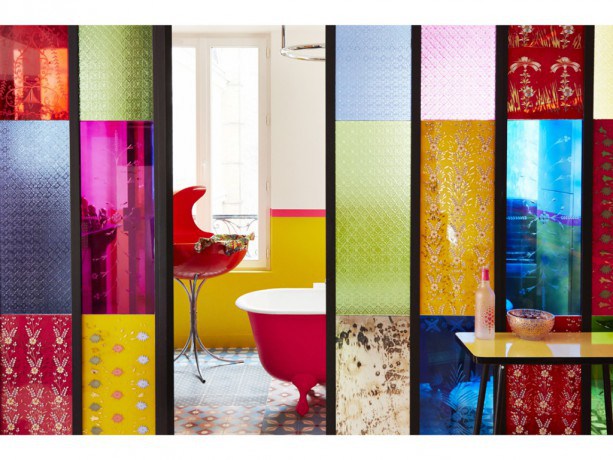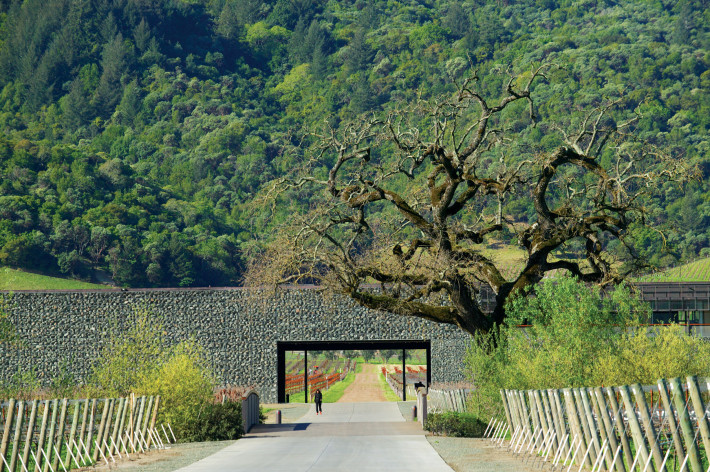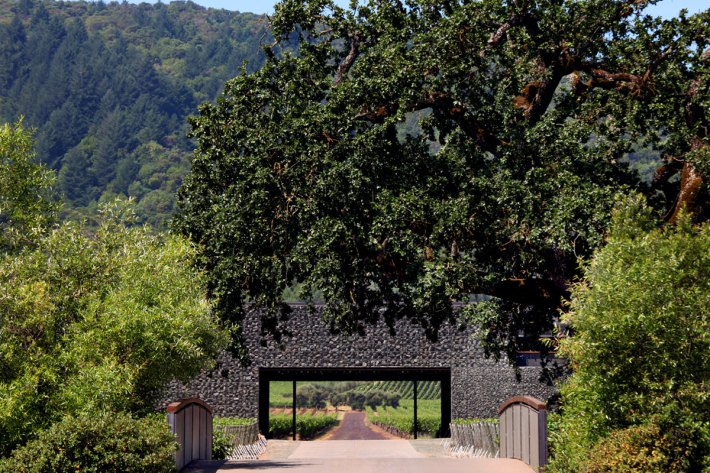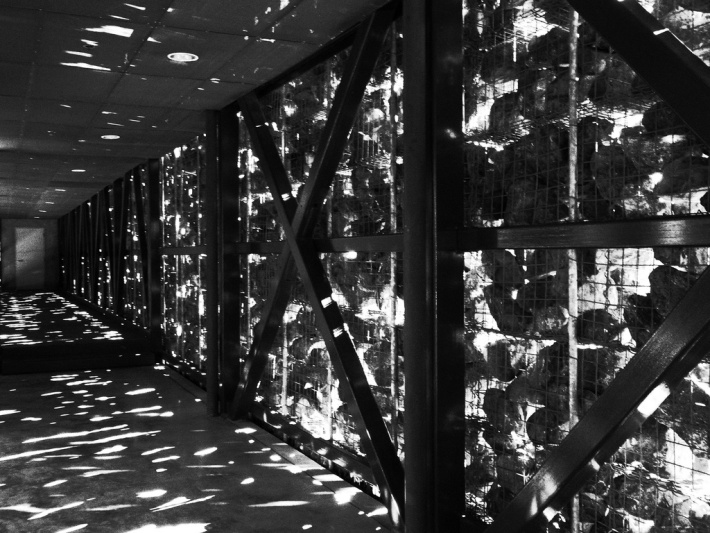Elsewhere is a gorgeous down-to-earth resort in Goa with history that dates back to 1886. It is a located on a thin stretch of land adjoining the Arabian Sea. Defining true barefoot luxury, this is the resort Brad and Angelina have rumored to call home during their visit to Goa.
Elsewhere has 4 old houses on the beach that have been lovingly restored and the result appears breathtaking. Retaining the names of their historical use, they are referred to as the Captain's House, the Piggery, the Bakery and the Priest's House.
We love the simplicity of the architecture and the renovations. We love how the houses are simply a medium for users to experience the surrounding landscape which has been left largely untouched. We can imagine some beautiful breezy mornings and starlit nights in these homes.
The Captain's House
The Priest's House
All images are used with full permission, courtesy of the Elsewhere website.
















